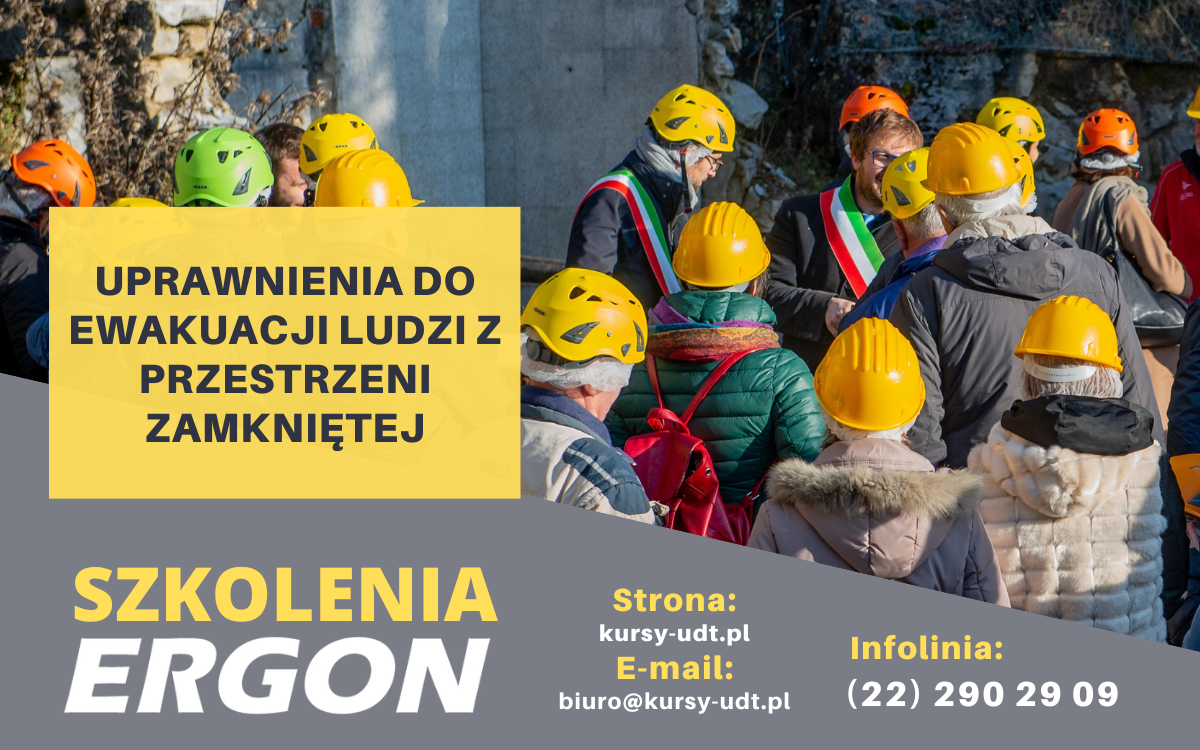Power to evacuate people from a confined space

Course on evacuation from confined spaces
You are cordially invited to attend training courses on evacuating people from confined spaces. The course is designed for people who take responsibility for guaranteeing safety when working in confined spaces, taking into account rescue operations which include searching for the injured person, assisting with stretchers and installing extraction systems. The training is open to those who work in confined spaces and wish to improve their qualifications.
Evacuations of people from confined spaces should only be carried out by people with the appropriate training, experience and skills, as they involve a high degree of risk.
Requirements for the candidate
To take part in the training courses, you must meet the following requirements: you must not have any medical contraindications to working in confined spaces and at heights above 3 metres, and you must have completed CS3 training. Please note that the training requires good physical shape - trainees undergo practical exercises in breathing apparatus. Willing participants who have a beard or wear glasses please contact us prior to the start of the course.
Training program

There are two parts to the training - the theoretical part, where participants gain knowledge of rescue and evacuation techniques from confined spaces, and the practical part, where trainees learn how to properly enter a confined space using breathing apparatus. During the course, participants gain practical knowledge of how to carry out operations with winches and other rescue systems, what actions to take in zero visibility and how to handle an emergency situation. During training, participants also become familiar with different types of search and rescue procedures, legal regulations, vertical and lateral access techniques to confined spaces. They learn how to install and use rescue stretcher retraction systems and how to select the correct gas detector. On completion of the course, participants receive a certificate and a badge, which is valid for three years.
Enclosed space
An enclosed space is a health and safety term referring to a space that is confined on all sides, whose entrances and exits are blocked or restricted and prevent the rapid movement of workers and the exchange of air. These include, for example, manholes, sewers, tanks, various industrial passages and tunnels, the interior of industrial plants, etc. Confined spaces are not designed for long-term human habitation. When descending, a worker may be exposed to hazards such as:
- pollution, dust, lack of oxygen - caused by rust, decomposition and the accumulation of heavy gases;
- Risk of explosion when working with flammable gas or steam;
- Difficulty getting out - fire, injury or ill health may prevent the worker from getting out on their own;
- risk of falls from height;
- danger of backfilling or flooding;
- awkward posture, cramped conditions, risk of injury;
- uncomfortable temperatures - temperature fluctuations, increased humidity;
- Communication difficulties - walls excessively reflect and amplify noise;
- darkness.

Rescue operations
In the event of an incident in an enclosed space, the first priority is to ensure that the victim has access to air. The second task is to provide first aid in such a way as not to cause more damage to health and life. Rescue operations must follow a pre-developed plan. It must be decided what action to take, taking into account the following conditions:
- available human resources,
- room size,
- ease or difficulty of access.
When rescuing a person from an enclosed space, it is suggested that rescue operations are carried out, which may vary depending on the specific situation. The rescue squad leader remains outside and directs the actions at the scene. It is his/her responsibility to organise those entering to carry out the rescue operation and to control the timing of the entry and exit of those wearing breathing apparatus from the confined space. When the team is ready, one rescuer with breathing apparatus and CPR equipment enters the confined space. He or she must be equipped with radio equipment to transmit information. A second rescuer with breathing apparatus enters and remains downstairs to retrieve additional equipment that will be needed for the operation. The third rescuer, also equipped with a breathing apparatus, enters the confined space and remains in place from where, if necessary, he can quickly rush to the aid of the first two rescuers or use ropes to evacuate the casualty. The fourth and fifth rescuers are outside ready to help if necessary. The other members of the team are responsible for providing additional equipment, such as a rescue rope, and assisting in the extraction of the casualty by means of a hoist. Two additional conditions should be kept in mind.
| Condition | Description |
| First | About 10 people are needed for such a rescue operation, three or four of whom will be indoors during the operation. |
| Secondly | Oxygen deficiency occurs suddenly, so rescuers must wear breathing apparatus at all times. |
To safely perform routine as well as emergency rescue work in confined spaces, the following equipment should be used:
- personal protective equipment for the respiratory system, including for emergency evacuation - breathing apparatus, portable compressed air supply systems, self-rescuers with compressed air for emergency evacuation;
- safety equipment and accessories for working in unsupported spaces - ropes, carabiners, harnesses, helmets, belay and safety equipment, pulley rolls;
- evacuation equipment - winches, tripods, stretchers and suspension systems;
- air monitoring equipment.
You are more than welcome to sign up for our training courses! For more information, please feel free to contact us.





























